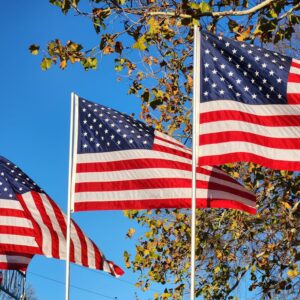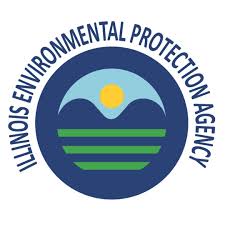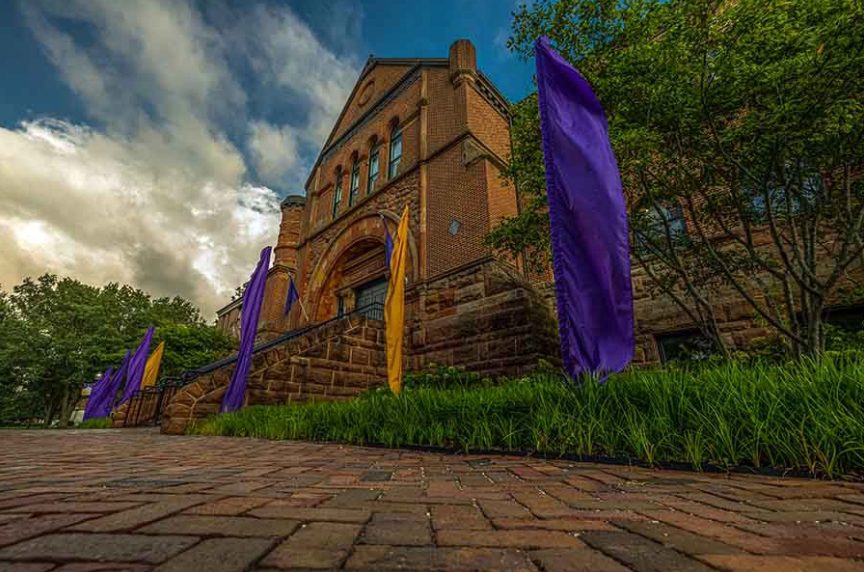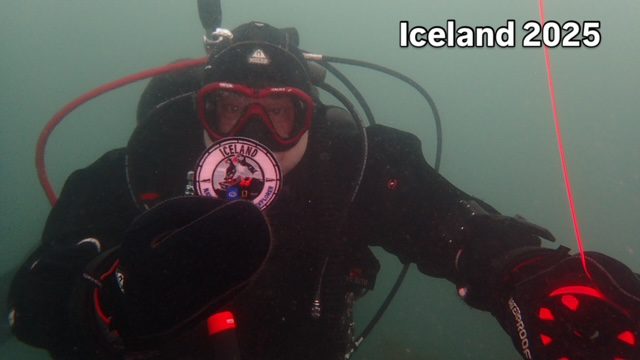By Thomas Best
Last week, I told you about stopping at the site of the Battle of Lake Erie during my wife’s and my vacation. We also visited Seneca Falls, New York, the site of the very first and influential Women’s Rights Convention in 1848.
This site, officially called the “Women’s Rights Historical Park,” includes the chapel where the first convention was held, a National Women’s Hall of Fame (which we found closed for remodeling), the home of Elizabeth Cady Stanton, the homes of the M’Clintock and Hunt families, a variety of inspirational statuary parks around town, and their central museum. With limited time, we focused on the museum, chapel, and Stanton’s home. Today, I will discuss on the Methodist Chapel.
The Wesleyan Chapel, built in 1843, is significant for being where the first women’s rights convention in mid-July 1848. This religious building, which often sponsored anti-slavery meetings, was chosen to host a two-day meeting among largely women—and some men—who had been part of a reform movement which had grown up in this area of central New York. Initially part of an active abolitionist movement along with efforts to address the abuse of alcohol, prison reform, and improvements in education, these reformers believed it was due time to address the issue of the restrictive conditions for women. In an era when women could not hold government office, attend college, sue in court, sign contracts, or have basic legal controls over their children and their husband’s property, women such as Lucretia Mott and Elizabeth Cady Stanton argued for a status which made them mostly equal to men. During the first day’s meetings (which was first called “A Convention to discuss the Social, Civil, and Religious Condition”), Stanton used the Declaration of Independence as a model to compose their “Declaration of Sentiments and Rights.” “We hold these truths to be self-evident: that all men and women were created equal” was the opening controversial statement delivered to the gathering of 300 women. The next day, men, such as abolitionist Frederick Douglass, joined the meeting and also affixed their signature to the document. Sixty-eight women and thirty-two men signed the declaration. Interestingly, while some people called for the right of women to vote, this idea was struck down thinking it too radical a request. Within two weeks, enjoying and enduring both praise and criticism, a second larger convention was held in Rochester, New York, with many of the men and women at Seneca Falls attending, pushed for more for meaningful reforms. By 1850, a National Women’s Rights convention was held in Worcester, Massachusetts. This time, over a thousand voices rang out for change.
The Wesleyan Chapel, after many years of serving as a variety of businesses from a theater, car repair garage, and laundry, has been restored to its 1848 appearance. There are a series of murals gracing the walls showing illustrating the images of some of those who attended this convention. National Park Service guides offer talks on the history of this consequential 1848 meeting and those whose ideas shaped generations to come. They also help to dispel myths and misinformation about these influential activists. For instance, Susan B. Anthony did not attend the meeting with Elizabeth Cady Stanton. They would not come together for the first time until 1851. Without a doubt, my wife and I had a special feeling of awe and respect as we visited this chapel where so many once radical ideas are now common place notions of equal rights and justice.
Thank you for listening.













